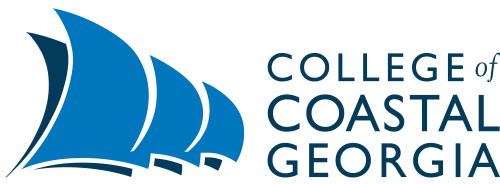- Home
- Reg Murphy Pubs
- Reg Murphy
- Melissa Trussell
- What is economic impact?
What is economic impact?
My friend Dr. Heather Farley and I recently published an article in Journal of Public Child Welfare titled “Economic impact of CarePortal donations in Glynn County, Georgia.” I have written about CarePortal in this space before. It is a tool, hosted by local non-profit Hope 1312 Collective, that allows caseworkers from the Department of Family and Children Services (DFCS) to connect with community members to meet needs of local families at risk of having their children brought into foster care. I knew when I started looking into it that the full impact of the CarePortal system would be much greater than simply the dollar value of the met needs. Indeed, we found that approximately $32,000 in donations had a total impact of over $5.7 million.
But, what does that mean? What is economic impact, and what is involved in an economic impact study? ChatGPT defines economic impact as “the effect that a particular event, policy, project, or activity has on the economy of a specific region or area.”
For most private-sector industries or firms, a standard economic impact study comes down to three primary categories of impact:
- Direct effects- value of the firm’s sales and employment.
- Indirect effects- value of inputs the firm purchases from its suppliers and employment this generates within those supplier firms.
- Induced effects- value of household spending by the employees in the firm and its supply chain.
At the Murphy Center, when we approach an economic impact study, we start with the question what would the world be like if this industry, organization, policy, project, etc., were not here? And, when it comes to the three types of effects listed above, it is not always clear that those calculated impacts would disappear completely if the firm ceased to exist. Usually, the employees would find other jobs, and the money would find other ways to be spent.
But, for many organizations, and especially for non-profit entities, the impact of their work is far greater than their spending and employment impacts. We hear this in the stories they tell of the changes they are effecting for individuals, communities, or the natural world. The challenge for those allocating resources (private donors, grant funders, governments) is to translate those intrinsically invaluable effects into measurable economic impacts.
This is a two step process: 1) Describe the relationships between the program outcomes and changes in public or private spending. 2) Quantify those changes in spending.
For example, in the case of CarePortal, research links the trauma of foster care with many negative post-foster care outcomes. These include, but are not limited to, increased chance of teen pregnancy, mental and physical health conditions, and incarceration, as well as reduced future earnings for the child. Society bears a dollars-and-cents cost for each of these negative outcomes: increased government spending on Medicaid, food stamps, court expenditures, etc.; costs to victims of crime; and decreases in payroll taxes and individual spending from wages. If a donation to CarePortal prevents a child from entering foster care, that donation saves society these costs. Adding together all the costs avoided, a donation that prevents one child from spending one year in foster care in Georgia saves society around $83,000.
Other non-profit activities no-doubt have similar impacts when considered in this way. It is much more complex to calculate the economic impact of these activities than to calculate direct, indirect, and induced effects of business spending. But, these are impacts that are lasting and that we can more confidently claim would not persist without someone doing this or similar work. These are true economic impacts.
———– Dr. Melissa Trussell is a professor in the School of Business and Public Management at College of Coastal Georgia who works with the college’s Reg Murphy Center for Economic and Policy Studies. Contact her at mtrussell@ccga.edu. The views expressed in this article are those of the author and do not necessarily represent those of the College of Coastal Georgia.
Reg Murphy Center






